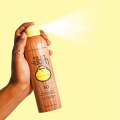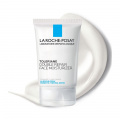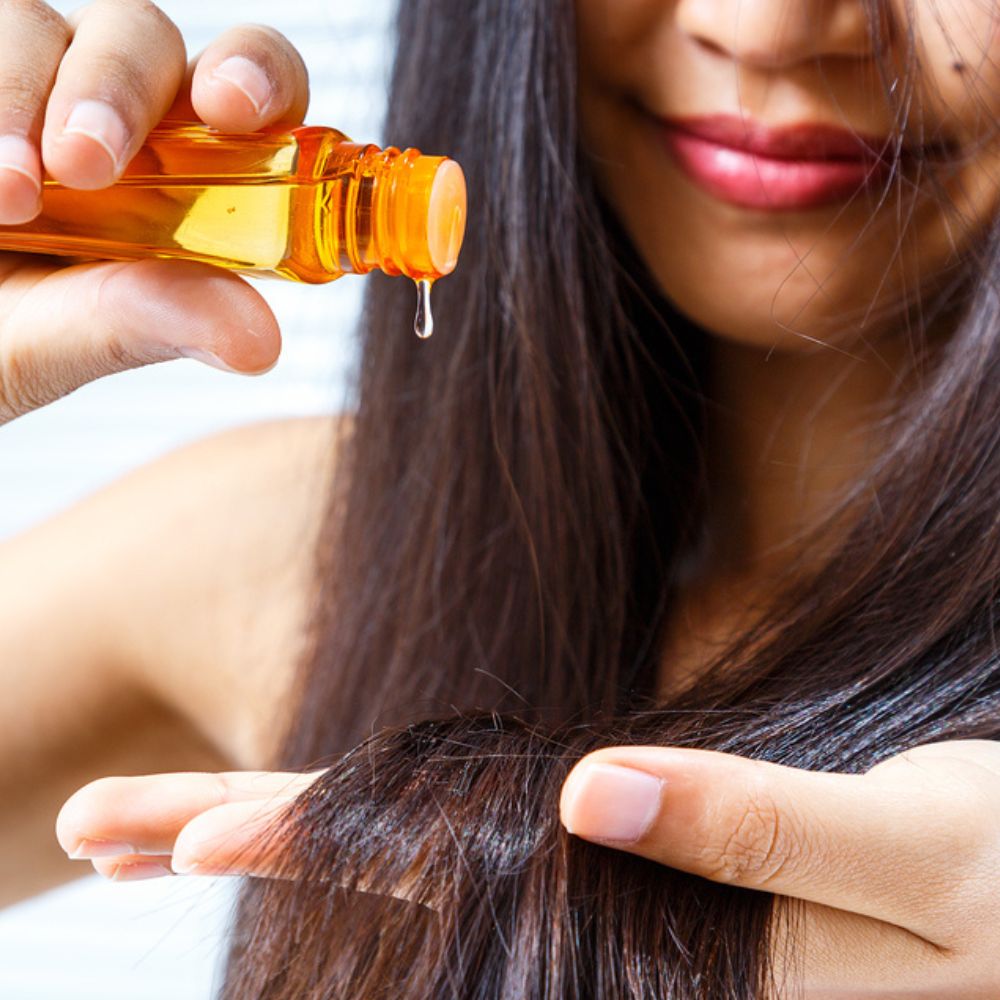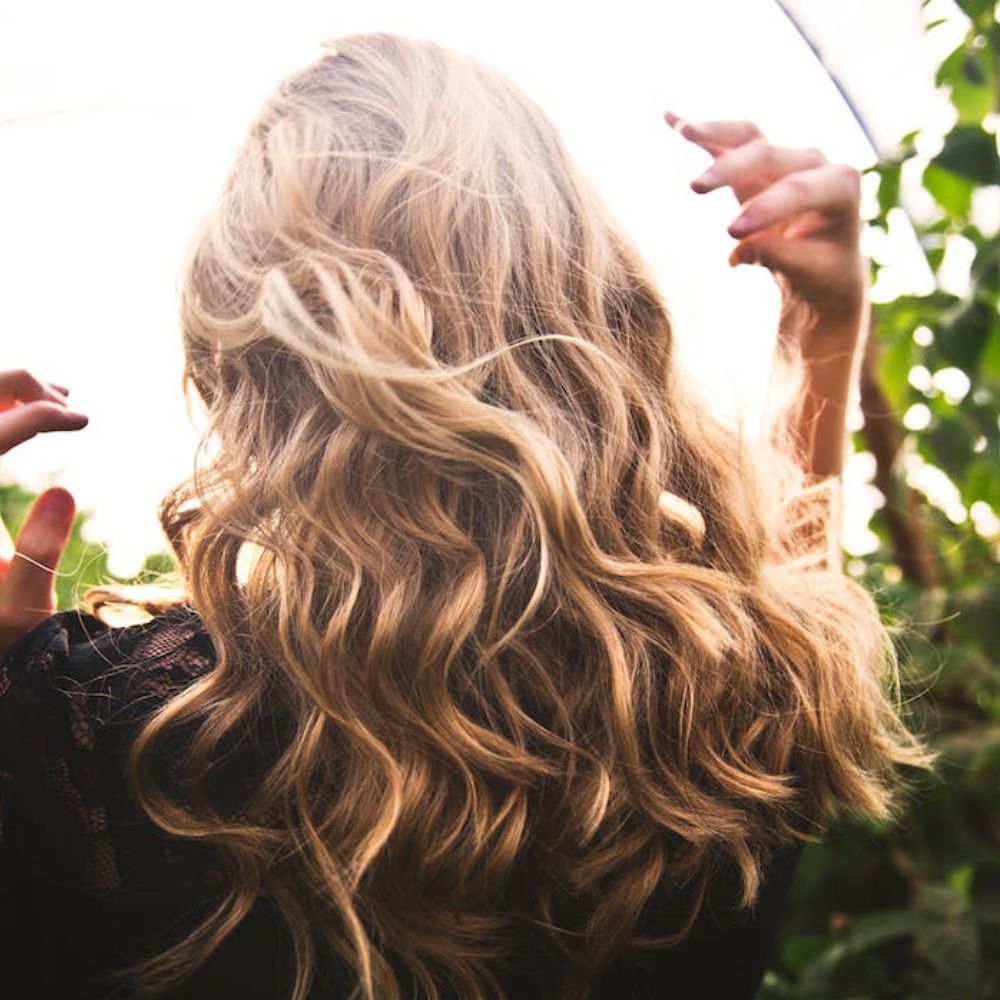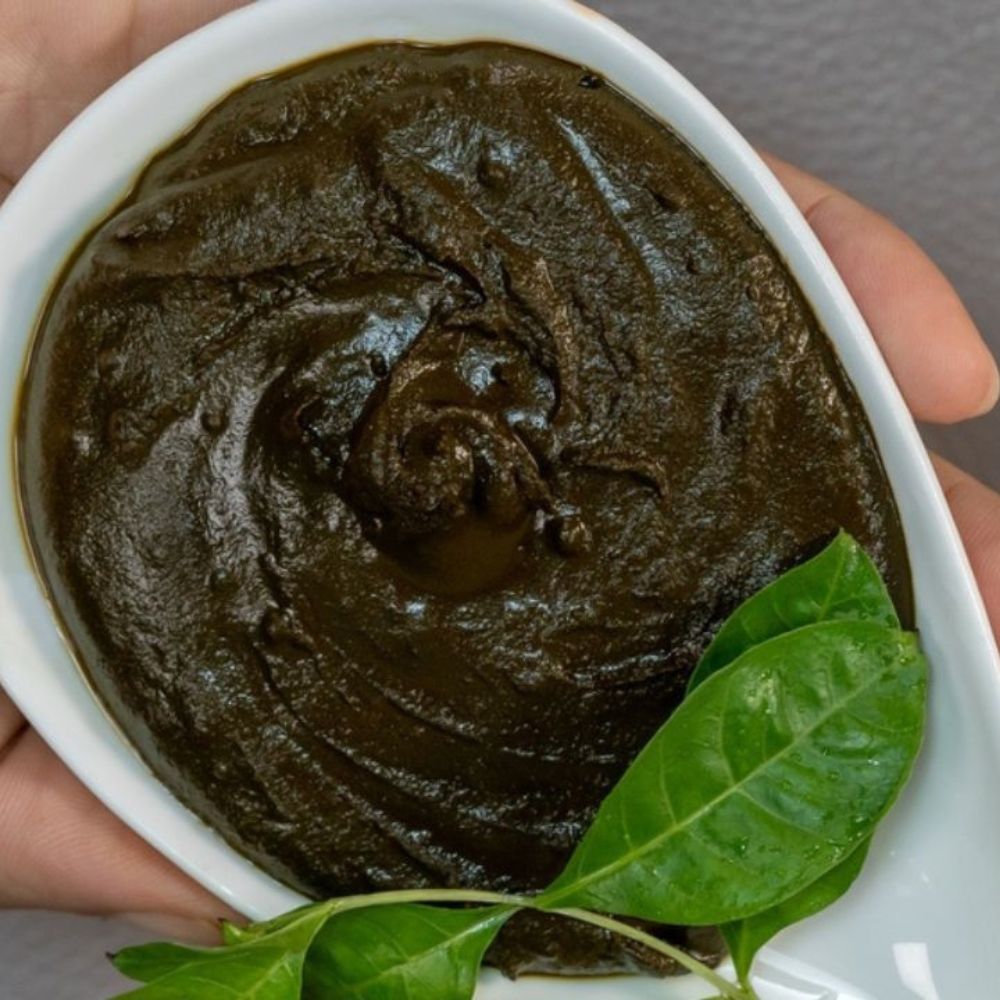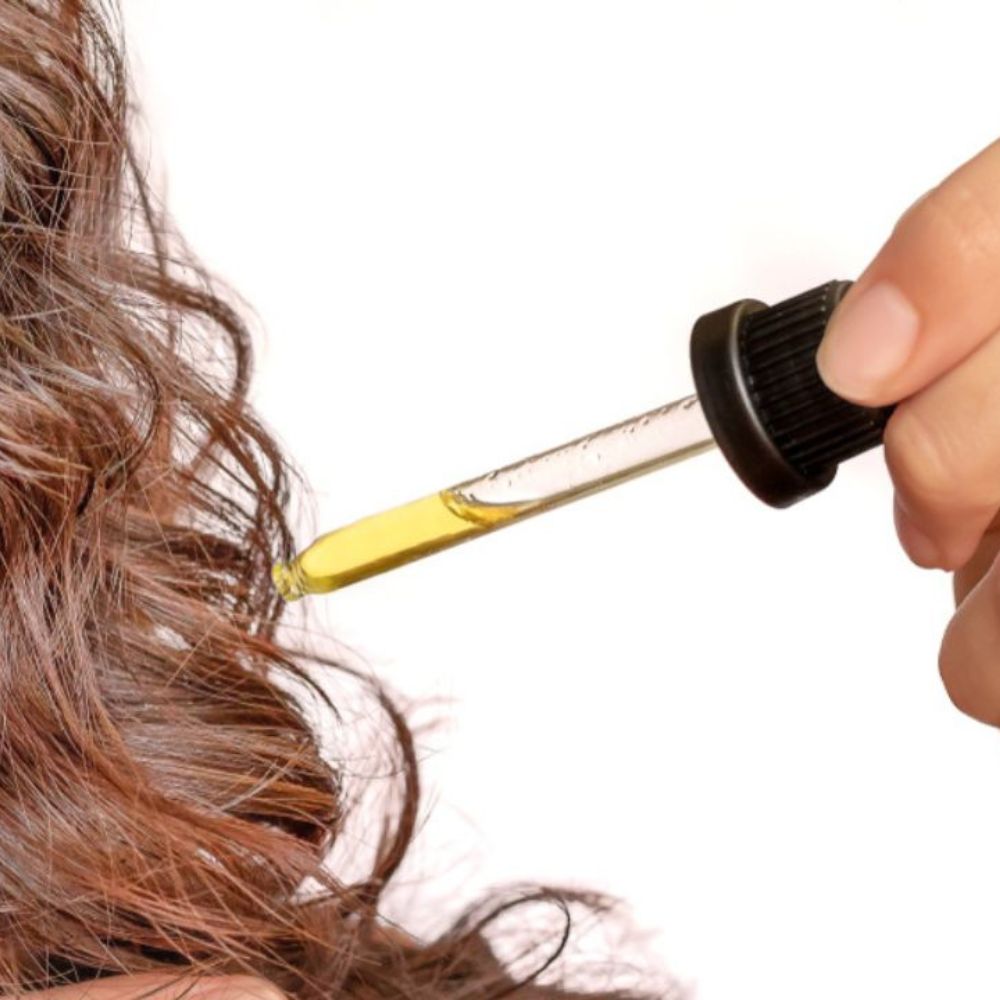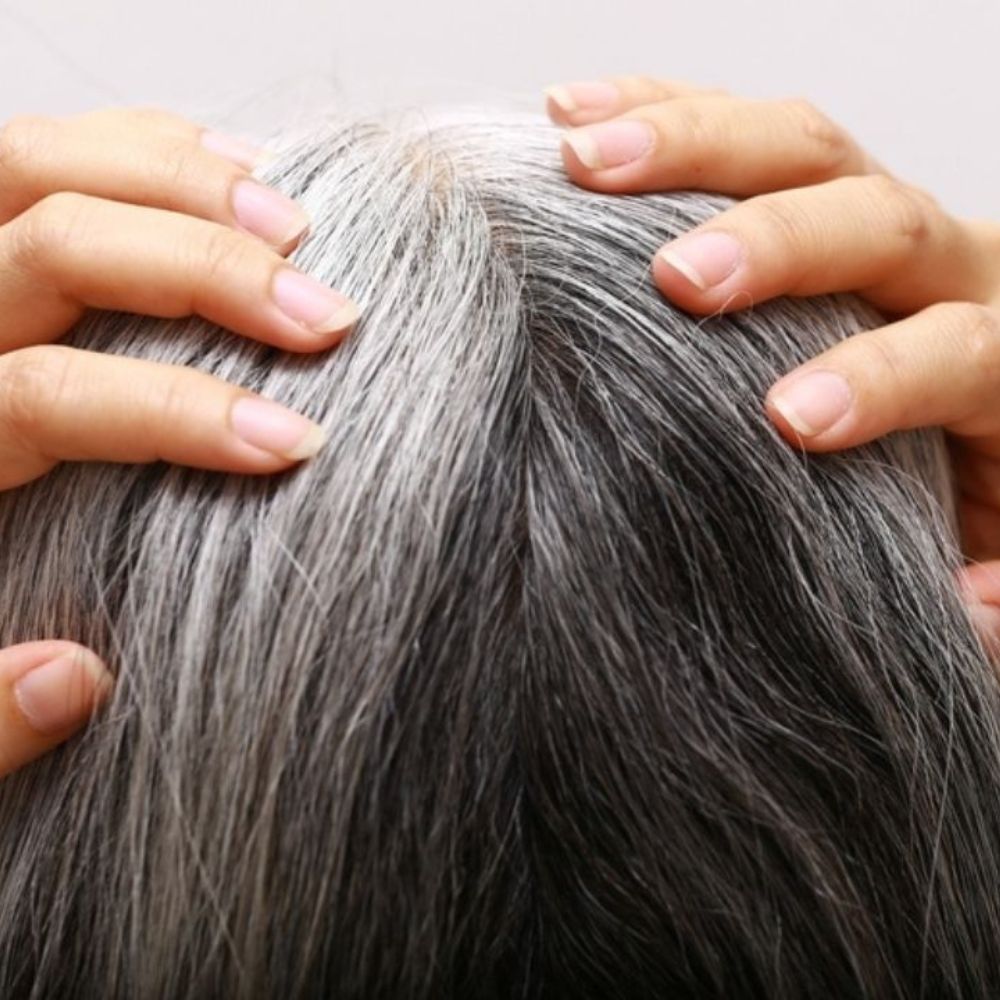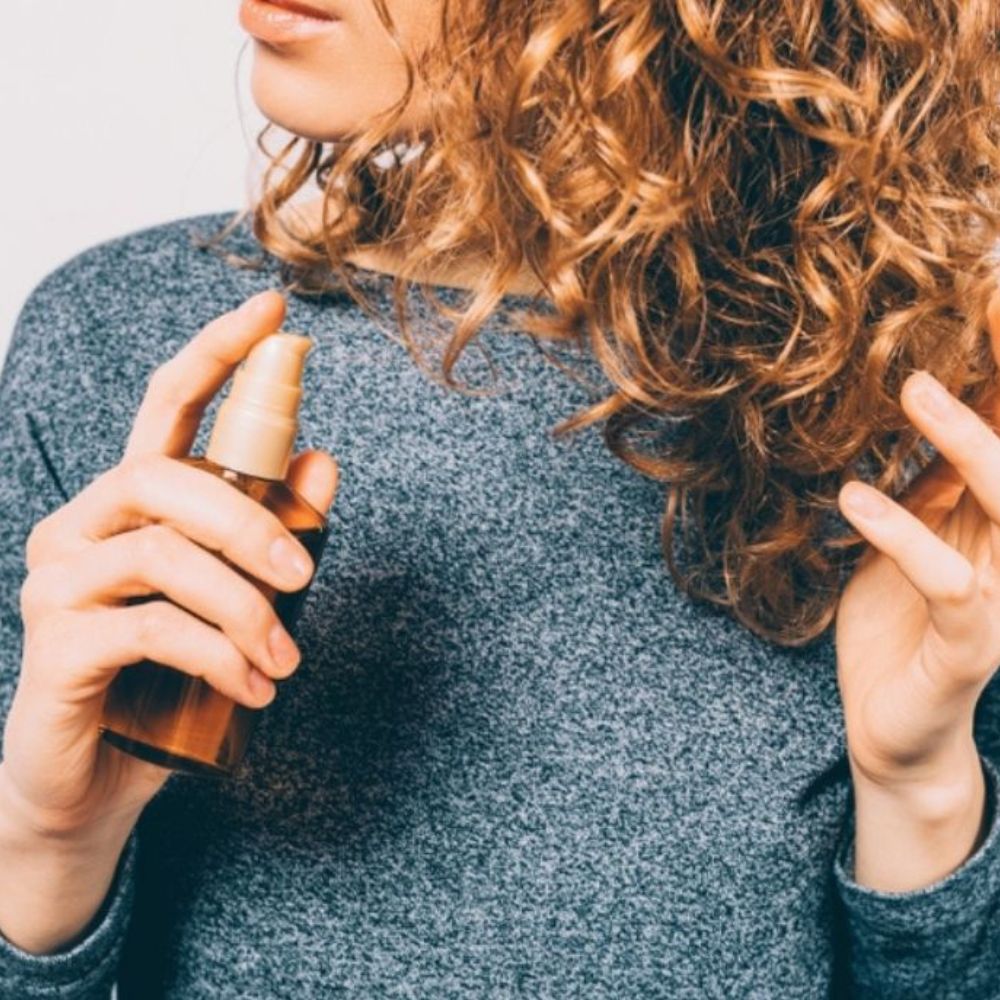15 Best DIY Leave-in Conditioner Recipes to Get Nourished Hair Naturally
Get healthy and shiny hair using the DIY leave-in conditioner recipes. Explore the secrets and steps to formulate effective homemade solutions for all your hair concerns.
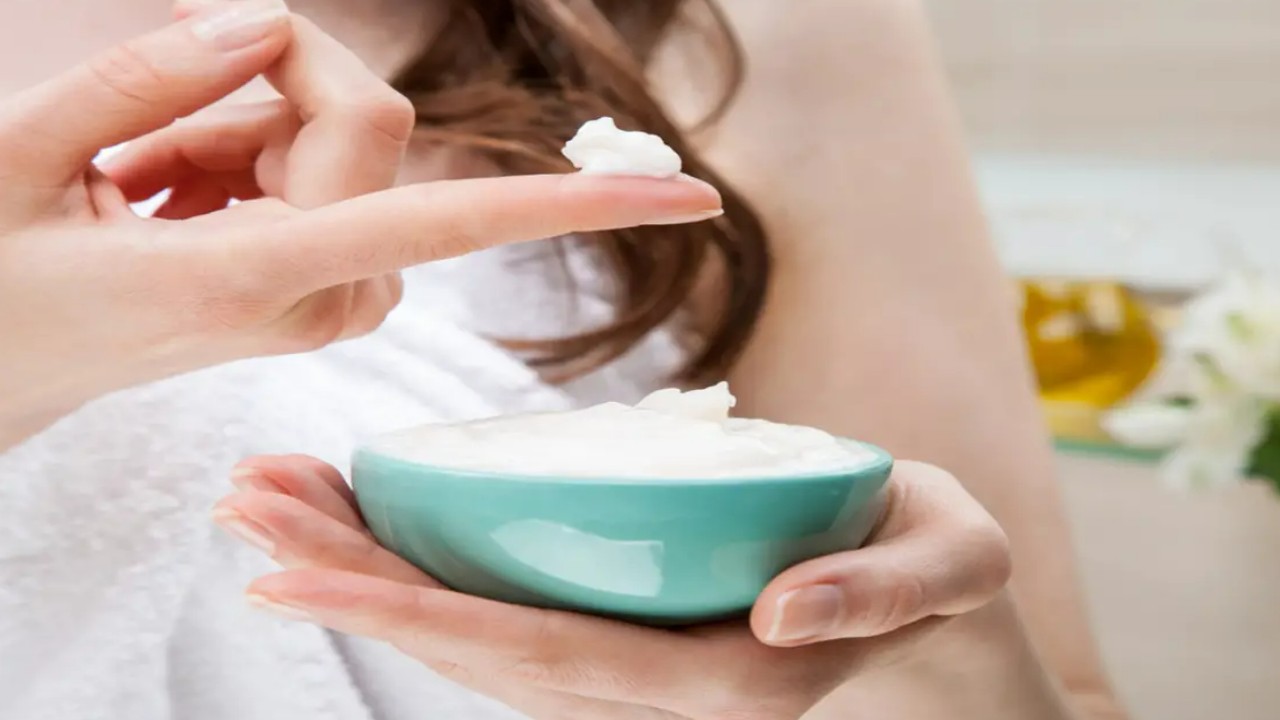
Leave-in hair conditioners have created a storm in the hair care market due to their convenient, practical, and sustainable solution for hair care. Here, we will discuss several DIY leave-in conditioner recipes that will allow you to create your custom hair care product targeting your specific issues. You may find innumerable products in the markets that, although beneficial, contain high concentrations of harsh chemicals, so we are here to discuss gentle, homemade, and eco-friendly solutions that will create a similar impact on your hair.
Hair concerns may range from dryness, damage, lack of shine, split ends, scalp infections, etc. To target each concern one needs different nutrients such as fatty acids are effective emollients and offer intense hydration, while antioxidants offer protective effects. Therefore, we have curated an extensive list of over 15 ingredients, offering different benefits to the hair so that you can choose the most suitable one according to your preference.
What Is a Leave-in Conditioner?
Leave-in conditioners, unlike their traditional counterparts, are designed to be applied to your hair without necessitating rinsing after the application. These help in various different ways to keep your hair healthy, strong, and glossy. You may come across these products in many different forms serving a similar purpose, as sprays, creams, or serums. The primary benefit of using a leave-in conditioner is to provide ongoing moisture and hydration to the hair, helping to prevent dryness and frizz. Other than that, these might also help in reducing tangles and knots, provide protection from hot styling tools, and repair damaged hair. These hair care products can be particularly helpful for people with long or curly hair, as these hair types are more prone to dryness, damage, and tangle, thus helping to enhance the texture and manageability of the hair, making it softer, shinier, and more manageable.
Why Should We Use Homemade Leave-in Conditioners?

Usually, homemade leave-in conditioning products are more gentle and non-stripping towards the hair. This is because they are devoid of several ingredients that are infused in commercial products to offer faster results. The most common ingredients that these products add are sulfates, parabens, and phthalates, which can strip your hair of its natural oils and cause damage in the long run (1). Many leave-in conditioners also come with high concentrations of alcohol, which can be extremely drying to the hair. However, it is important to note that there are certain types of alcohol, like cetyl alcohol and stearyl alcohol that can be beneficial as they are fatty alcohols that add moisture to the follicles and scalp. Moreover, most of the hydrating products have silicones in them, which although not directly harmful, may create an issue by creating buildup on the hair. Lastly, homemade products are also devoid of synthetic fragrances that potentially irritate the scalp or cause allergies.
Sharing a few tips for creating good DIY leave-in conditioners, our contributor Kristle Jones, a licensed cosmetologist, says, “If you felt like your DIY conditioner was ever sticky or tacky, you could be using too much of the rich ingredients like Shea butter or oils. Try using less in your recipe. Additionally, you could be using too much product on your hair in general. A good starting serving size is about a half a teaspoon and it should be applied just to your mid-shaft and ends of your hair. If you ever experienced an unpleasant or foul smell, make sure that the ingredients you are using are not expired and try adding in essential oils or fragrances that are pleasant to you. It may take a few tries to get your DIY conditioner just right for your unique hair type.”
Top 9 Benefits of Using DIY Leave-in Conditioners
Different leave-in conditioners are formulated to target different hair concerns, some of the most common benefits of using these products are:
1. Moisturize the Hair
Leave-in conditioners are formulated to provide ongoing moisture to your hair. They, therefore, keep your hair hydrated, preventing dryness and damage, which is especially beneficial for people with dry or naturally curly hair.
2. Help Detangle Hair
These products help ease the process of detangling your hair, making it easier to comb or brush through.
3. Help Tame Frizz
Leave-in conditioners can help tame frizz and flyaways, leaving your hair smoother and more manageable.
4. Protect the Hair from Heat Damage
Many leave-in conditioners contain ingredients that offer protection from heat-styling tools, UV rays, and environmental factors. This protection helps to shield your hair from damage and keep it healthy.
5. Offer Texture and Shine
Leave-in conditioners often contain ingredients that enhance the shine and luster of your hair, making it look healthier and more vibrant.
6. Strengthen the Hair Shaft
Some leave-in conditioners are formulated with ingredients designed to repair and strengthen damaged hair, such as split ends or chemically treated hair. Therefore, applying leave-in conditioners can help improve the overall health of your hair.
7. Offer Convenience
Leave-in conditioners are easy to apply and do not require rinsing, making them a convenient addition to your hair care routine. You can simply apply the product to your hair and leave it in, saving time compared to traditional rinse-out conditioners.
8. Aid Styling
Some leave-in conditioners can act as a lightweight styling product, providing hold and shape to your hair while still offering the benefits of conditioning.
9. Enhance Hair Health
Regular use of leave-in conditioners can contribute to the overall health of your hair, promoting strength, flexibility, and resilience.
Now that we have explored the incredible benefits of leave-in conditioners, let us know more about how you can formulate these right at the convenience of your home.
15 DIY Leave-in Conditioner Recipes to Boost Hair Health
Nature has numerous products that offer a myriad of benefits to your hair. Using these ingredients to customize and curate a DIY leave-in conditioner will help you target your specific hair problems sans the harmful chemicals and side effects. Therefore, here we will uncover several homemade recipes that you can easily formulate by assembling ingredients from your own kitchen.
However, one must remember that since these recipes contain all natural ingredients without any preservatives, they have a low shelf life. Therefore, it is advisable to prepare smaller batches of these recipes or prepare only as much as required to avoid wastage.
1. Coconut Oil and Aloe Vera Leave-in Conditioner
Both coconut oil and aloe vera gel have intense moisturizing capabilities. Along with this, these ingredients do not sit heavy on the hair and add extra shine and definition to your tresses (2).
Ingredients:
- 1/2 cup coconut oil
- 2 tablespoons aloe vera gel
- 5-10 drops of your favorite essential oil
Instructions:
- Start by mixing the 1/2 cup of coconut oil and 2 tablespoons of aloe vera gel in a clean bowl until you have a smooth consistency.
- Add 5-10 drops of your preferred essential oil to the mixture.
- Transfer the mixture to a clean and empty spray bottle or a small container with a lid for easy application.
2. Honey And Olive Oil Leave-in Conditioner

Honey and olive oil are popular hair care ingredients that have emollient properties as well as restorative abilities for scalp issues like itching, dryness, or flaking (2). Lavender essential oil, although has an aesthetic contribution, is also known for its potential skin-soothing effects (3).
Ingredients:
- 2 tablespoons of honey
- 2 tablespoons of olive oil
- 1/2 cup water
- 5 drops of lavender essential oil
Instructions:
- In a small mixing bowl, combine 2 tablespoons each of honey and olive oil.
- Stir them together until they are well blended.
- Add 5 drops of lavender essential oil to the honey and olive oil mixture.
- Mix everything together to create a smooth and consistent mixture.
- To turn this mixture into a leave-in conditioner, add 1/2 cup of water and stir well to combine all the ingredients.
- Transfer the conditioner into a spray bottle for convenient application.
3. Shea Butter and Argan Oil Leave-in Conditioner
Shea butter and argan oil are lightweight moisturizing ingredients that are rich in fatty acids that strengthen, repair, and reduce frizz on the hair, adding a natural shine to it. Moreover, Shea butter has well-known UV protective effects that save your hair from sun damage (4).
Ingredients:
- 2 tablespoons of shea butter
- 1 tablespoon of argan oil
- 5-10 drops of your preferred essential oil
Instructions:
- In a heat-proof container, melt the shea butter using a double boiler method.
- Once the shea butter is melted, let it cool for a few minutes, but ensure it doesn't solidify.
- Add the argan oil to the melted shea butter and mix them together until well combined.
- If desired, add 5-10 drops of your preferred essential oil to the mixture and stir.
- Allow the mixture to cool and thicken.
- Transfer the leave-in conditioner to a clean, airtight container, such as a pump bottle or jar.
4. Rosewater And Glycerin Leave-in Conditioner

Rosewater is known for its hydrating and soothing properties, which also impart a pleasing fragrance to the hair (5). Added to that, glycerine — a popular skin moisturizing ingredient, offers the hair much-needed nourishment, frizz control, and dandruff (6). Lastly, rosemary essential oil is often used in hair care for its potential to promote hair growth, improve scalp health, and add a lovely scent (2).
Ingredients:
- 1/2 cup of rosewater
- 2 teaspoons of vegetable glycerin
- 5-10 drops of rosemary essential oil
Instructions:
- In a bowl or measuring cup, add 1/2 cup of rosewater.
- Add vegetable glycerin to the rosewater.
- Add 5-10 drops of rosemary essential oil to the mixture.
- Mix the ingredients well by stirring or shaking the container gently.
- Carefully pour the mixture into your clean spray bottle.
- To use, simply spray the leave-in conditioner onto clean, damp hair after shampooing and conditioning.
5. Green Tea And Peppermint Leave-in Conditioner
Green tea is a powerful antioxidant that helps soothe the scalp and protect it from sun damage (7). Additionally, peppermint oil is known to enhance blood circulation, stimulate hair growth, and restore hair health (8).
Ingredients:
- 1/2 cup brewed green tea (cooled)
- 1 tablespoon of aloe vera gel
- 5 drops of peppermint essential oil
nstructions:
- Brew a cup of green tea and let it cool to room temperature. You can use a green tea bag or loose-leaf tea.
- In a small bowl or container, add half a cup of green tea.
- Drop 5 drops of peppermint essential oil into it.
- Stir all the ingredients together until they are well combined.
- To make application easier, you can transfer your homemade leave-in conditioner to a clean spray bottle.
6. Rice Water and Lavender Leave-in Conditioner
Rice water is packed with nutrients that strengthen and repair hair follicles by increasing their hydration, elasticity, and shine (9). Lavender oil is also another beneficial ingredient that has scalp soothing and protecting abilities (3).
Ingredients:
- 1/2 cup of fermented rice water
- 5-10 drops of lavender essential oil
Instructions:
- Take a bowl and add half a cup of rice water.
- Add 5-10 drops of lavender essential oil to the rice water.
- Stir the lavender oil into the rice water to ensure that it's well incorporated.
- Pour the mixture into a clean, empty spray bottle. This will make it easy to apply the leave-in conditioner to your hair.
7. Yogurt And Lemon Leave-in Conditioner
Yogurt is rich in proteins and a particular acid called lactic acid, which helps moisturize and strengthen the hair and gently exfoliate the scalp to prevent it from buildup and flaking. Lemon juice additionally provides shine, offers antimicrobial effects, and can help balance the scalp's pH (2).
Ingredients:
- 1/2 cup of plain yogurt
- Juice of half a lemon
- 1 tablespoon of honey
Instructions:
- Take a bowl and add 1/2 cup of plain yogurt.
- Mix it thoroughly with the juice of half a lemon and 1 tablespoon of honey.
- Take a pea-sized amount of this mixture and apply it to damp hair.
- You may leave in for 10-15 minutes, then rinse or leave in, depending on your preference.
8. Apple Cider Vinegar and Lavender Leave-in Conditioner
Apple cider vinegar is acidic in nature, thus helps balance the hair's pH and remove buildup (10). Furthermore, lavender oil masks the pungent smell of apple cider vinegar while offering hair growth and scalp soothing benefits.
Ingredients:
- 1/4 cup apple cider vinegar
- 3/4 cup water
- 5-10 drops of lavender essential oil
Instructions:
- Combine 1/4 cup apple cider vinegar, 3/4 cup water, and stir well.
- To that solution, add a few drops of lavender essential oil.
- Transfer this mixture into a clean and dry spray bottle for convenient application.
- Use it as and when required.
9. Flaxseed Gel Leave-in Conditioner
Flaxseeds are very nutritious ingredients that are rich in omega-3 fatty acids. These are responsible for providing moisture, repairing damage, and adding natural hold to the hair. Both oral consumption and topical application of these seeds have been proven to be highly beneficial for hair (11).
Ingredients:
- 1/4 cup flaxseed gel
- 1 tablespoon of sweet almond oil
- 5 drops of geranium essential oil
Instructions:
- In a pot or saucepan, add 1/4 cup flax seeds and 2 cups of water.
- Simmer it in medium flame until it thickens.
- Strain it gel out using a cheesecloth and keep it aside to let it cool.
- Add the almond oil and geranium essential oil (or any essential oil of your choice).
- Pour it into a tub or bottle and use the gel as a leave-in conditioner.
10. Banana And Coconut Oil Leave-in Conditioner

Bananas are rich in vitamins and minerals that nourish the hair and protect it from microbial infections. It also contains a mineral called silica, which is a hair-beneficial element that helps in collagen synthesis, helping the hair gain strength and elasticity (12). Coconut oil provides deep hydration and helps prevent hair breakage (13).
Ingredients:
- 1 ripe banana
- 2 tablespoons of coconut oil
- 1/2 cup coconut milk
Instructions:
- Add 1 ripe banana with 2 tablespoons of coconut oil and 1/2 cup of coconut milk into a blender.
- Blend the ingredients until the mixture is smooth and runny.
- Transfer this product into an air-tight container.
11. Avocado and Jojoba Oil Leave-In Conditioner
Avocado is a nutrient-dense food that contains healthy fats, vitamins, and minerals that act as effective moisturizing agents and strengthen the hair (14). Jojoba oil is a lightweight, non-greasy oil that is similar in formula to the scalp's natural oils. Therefore, it offers added hydration without greasiness (15).
Ingredients:
- 1 ripe avocado
- 2 tablespoons of jojoba oil
- 1/4 cup aloe vera gel
Instructions:
- Take 1 ripe avocado and mash it well.
- Mix it with 2 tablespoons of jojoba oil and 1/4 cup aloe vera gel until smooth.
- Pour it into a clean bottle.
12. Hibiscus And Rosemary Leave-in Conditioner
Hibiscus has been used for centuries as a hair care product. Different parts of the plant help strengthen the hair, prevent breakage, and add shine (16). Rosemary essential oil promotes hair growth and has a pleasant scent (17).
Ingredients:
- 2 tablespoons of hibiscus powder
- 1/2 cup hot water (to make a hibiscus tea)
- 5 drops of rosemary essential oil
Instructions:
- In a pot, simmer 2 tablespoons of hibiscus powder and 2 tablespoons of hibiscus flowers with 1/2 cup hot water.
- Steep the solution in a clean bowl to create an infusion.
- Let it cool, strain, and add a few drops of rosemary essential oil.
- Add it to a spray bottle.
13. Silk Amino Acid Leave-in Conditioner
Silk amino acids, extracted from raw silk, have the ability to penetrate deep into the tissue layers to add strength, softness, and shine to the hair (18). Furthermore, aloe vera juice provides hydration and promotes a healthy scalp.
Ingredients:
- 1/4 cup silk amino acids
- 1/4 cup aloe vera juice
- ¼ cup distilled water
Instructions:
- Take 1/4 cup silk amino acids, 1/4 cup aloe vera juice, and 1/4 cup distilled water.
- Mix them well and pour into a spray bottle.
14. Marshmallow Root and Chamomile Leave-in Conditioner
Marshmallow roots are rich in protein and polysaccharides, which add texture and smoothness and provide anti-inflammatory properties to the hair and scalp (19). Moreover, chamomile creates a soothing infusion that adds slip and softness to the hair, making it easier to detangle and preventing hair damage (20).
Ingredients:
- 2 tablespoons marshmallow root
- 2 tablespoons chamomile flowers
- 1/2 cup hot water (to make an infusion)
Instructions:
- Steep 2 tablespoons of marshmallow root and 2 tablespoons of chamomile flowers in 1/2 cup hot water.
- Set the mixture aside and let it cool
- Then strain out the liquid and use it as a leave-in conditioner.
15. Pumpkin and Cinnamon Leave-in Conditioner
Pumpkin is a vegetable packed with vitamins and minerals that nourish the hair (21). Plus, cinnamon is a spice that has the capability to stimulate blood flow to the scalp and offer antioxidant properties that protect the hair from environmental damage, thus promoting hair growth and enhancing overall hair health (22).
Ingredients:
- 1/2 cup pumpkin puree
- 1 tablespoon cinnamon powder
- 2 tablespoons honey
Instructions:
- To make this leave-in conditioner, combine 1/2 cup pumpkin puree, 1 tablespoon of cinnamon powder, and 2 tablespoons of honey.
- Mix them very well, ensuring there are no lumps or inconsistencies.
- Use it as required.
How to Use DIY Leave-in Conditioners?

Applying a leave-in conditioner is super simple, but it is essential to follow a few steps to ensure you are reaping maximum benefits out of these products. Here is a short guide on how to use it:
- First, you need to wash and condition your hair with a rinse-out conditioner and gently towel-dry your hair to remove excess moisture to achieve damp hair that is not dripping wet.
- Choose a leave-in conditioner recipe that is suitable for your hair type and specific needs, as each of them is formulated to target different hair concerns and textures, such as dry, curly, fine, or damaged hair.
- Take a small amount (a dime to a quarter-sized amount) and adjust as needed. The amount of leave-in conditioner you use depends on the length and thickness of your hair and you can always add more if required.
- Distribute the leave-in conditioner evenly through your hair. Focus on the lengths and ends of your hair, which tend to be drier and more prone to damage. Avoid applying the product to your scalp, as it can make your hair appear greasy.
- Use a wide-tooth comb or your fingers to evenly distribute the product through your hair. This step helps detangle your hair and ensure the conditioner is evenly distributed.
- Depending on your preference and hair type, you can either let your hair air dry or use heat-styling tools (like a blow dryer or flat iron). Leave-in conditioners can provide heat protection, but make sure the product you're using offers this benefit.
What Do You Need to Avoid in a DIY Leave-in Conditioner?

Whether it's a supermarket product or a homemade DIY leave-in conditioner recipe, you must ensure to avoid a few ingredients that may affect your hair health.
- Petroleum-based Ingredients: Petroleum-based products like mineral oil and petrolatum can create a barrier on the hair that may not allow it to absorb moisture effectively.
- Heavy Oils: Avoid using very heavy oils like castor oil if your hair is fine or easily weighed down. These oils can make your hair look greasy.
- Ingredients You're Allergic to: Be mindful of any ingredients you are allergic to or have had reactions to in the past. Always check the ingredient list.
- Protein Overload: If your hair is sensitive to proteins, avoid leave-in conditioners with high concentrations of proteins, like keratin or silk protein. Too much protein can make the hair feel stiff and brittle.
- Ingredients That Don't Address Your Hair Concerns: Choose a leave-in conditioner that is specifically formulated to address your hair type and concerns. For example, if you have dry hair, avoid products designed for fine, oily hair.
- Lack of Heat Protection: If you use heat styling tools regularly, make sure your leave-in conditioner provides heat protection. This will help shield your hair from the damaging effects of heat.
Conclusion
Leave-in conditioners are a great hair care solution that can provide an extensive range of benefits to your hair. Therefore, in this article, we discussed DIY leave-in conditioners that you can easily prepare at home whenever you want to pamper your gorgeous tresses. The homemade ingredients ensure your hair achieves all the vitamins and minerals it is deficient in without having to deal with dryness and harsh chemicals like parabens, silicones, etc. From hydration, strength, and repair to heat protection, our recipes offer all forms of benefits — all you need to do is do a little blending! So, with these recipes, every day will be a good hair day for you.
Contributor: Kristle Jones, Licensed cosmetologist and Owner - Kate Lane Salons
ALSO READ: How Long Should You Wait to Wash Hair After Coloring? - Let’s Discuss





 JOIN OUR WHATSAPP CHANNEL
JOIN OUR WHATSAPP CHANNEL





































